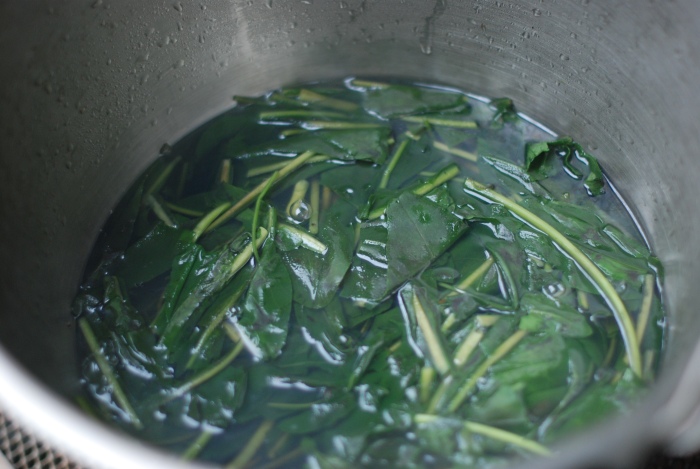After years of dabbling in natural dyeing, we’ve finally got round to running a comprehensive series of colour workshops using plants from the garden and everyday waste : blue, red, yellow and our black hollyhocks. What spurred us was the closure of the garden. We got notice to leave in April but rather than sob into our sleeves we decided to celebrate what we’ve done over the years and provide a legacy of colour, which we are calling The Hackney Colour Wheel. The plan is to get a spectrum of colour dyed on silk. We haven’t decided how to present it so all suggestions welcome. The workshops are supported by The Royal Society of Chemistry and we hope to show how science and craft can easily connect. Here is some of the dyeing we’ve done so far.

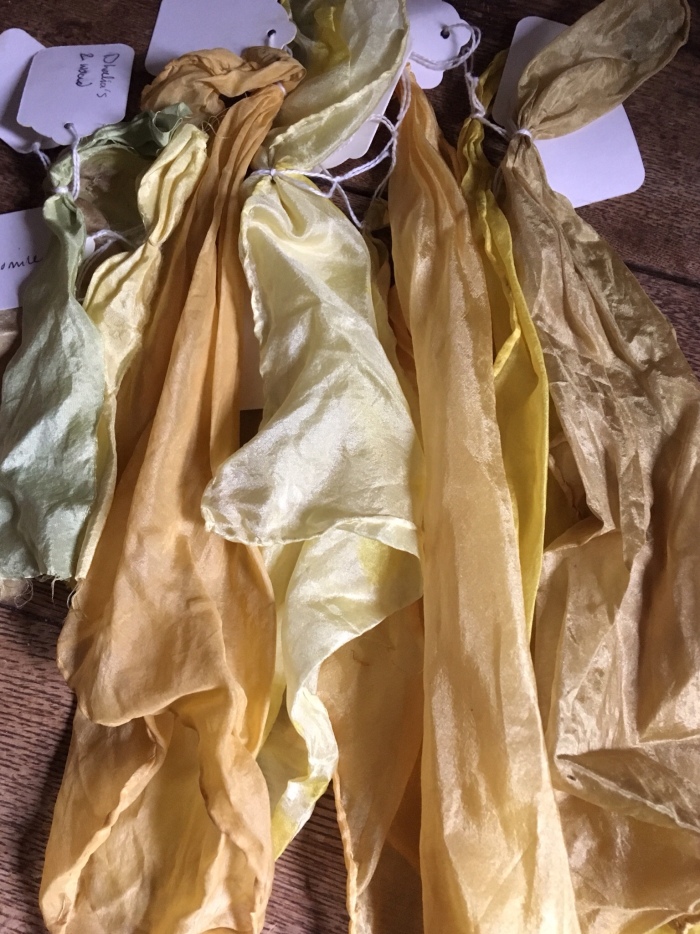





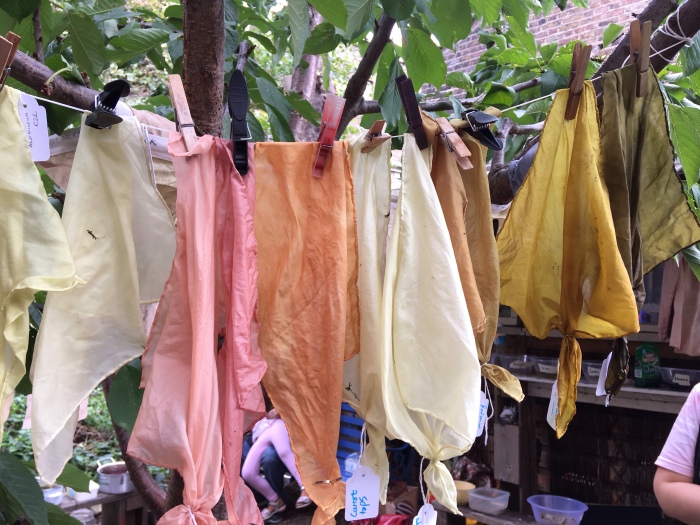






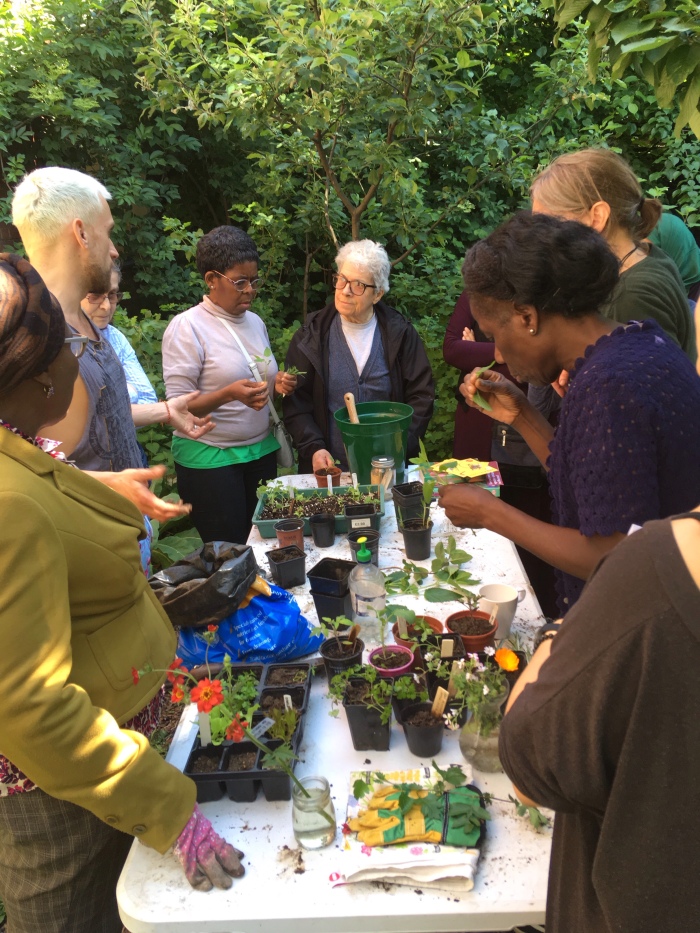
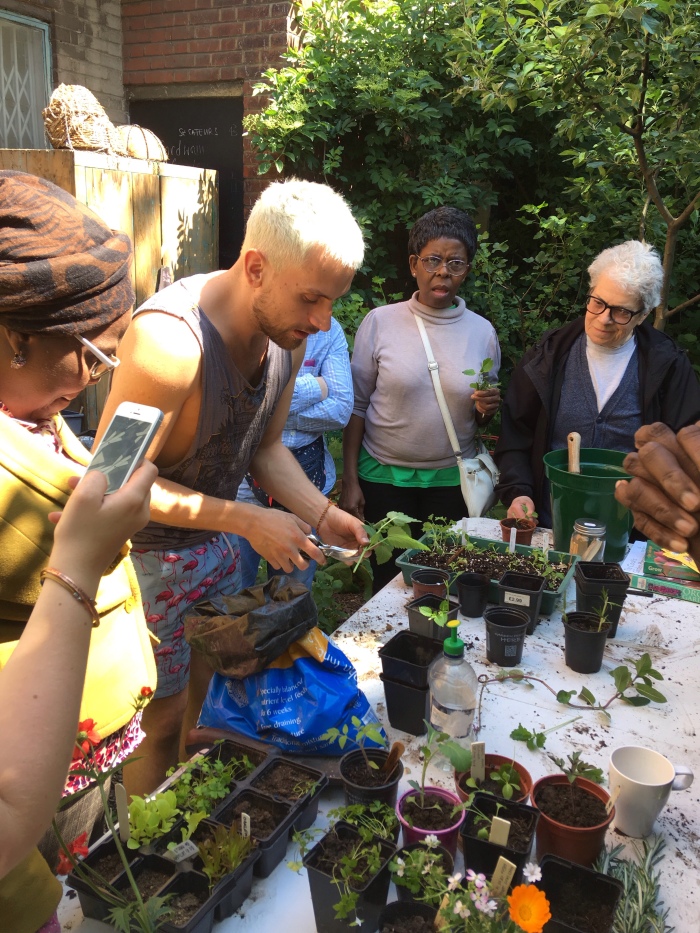
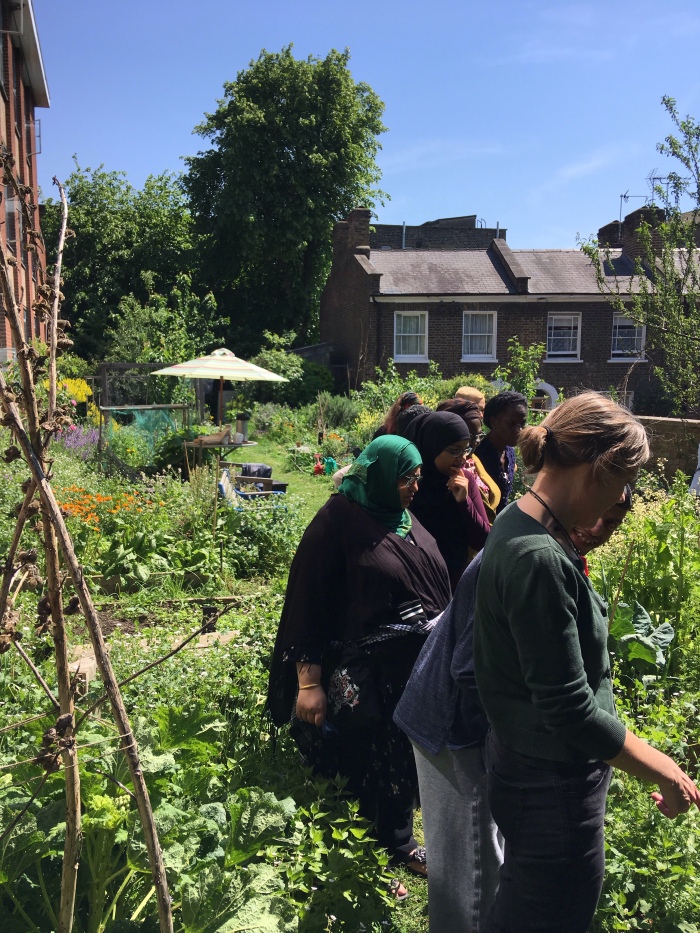
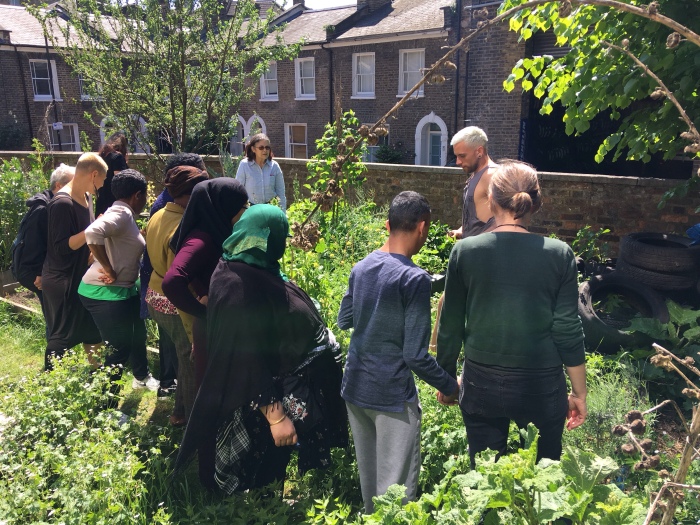




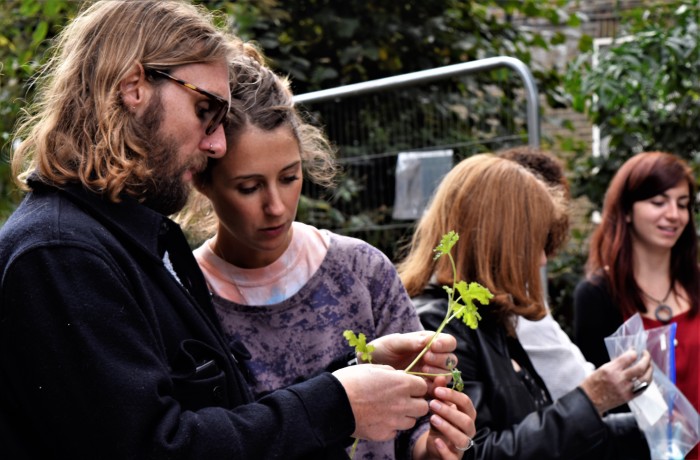



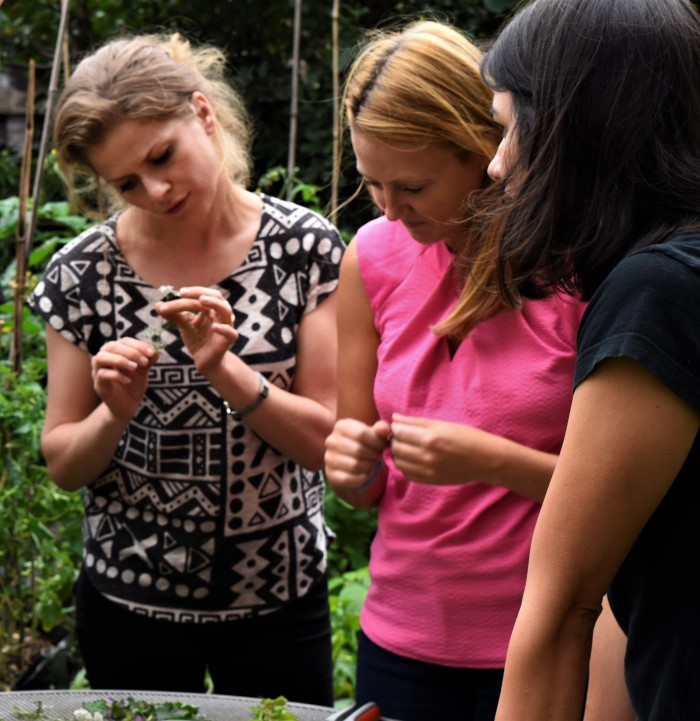


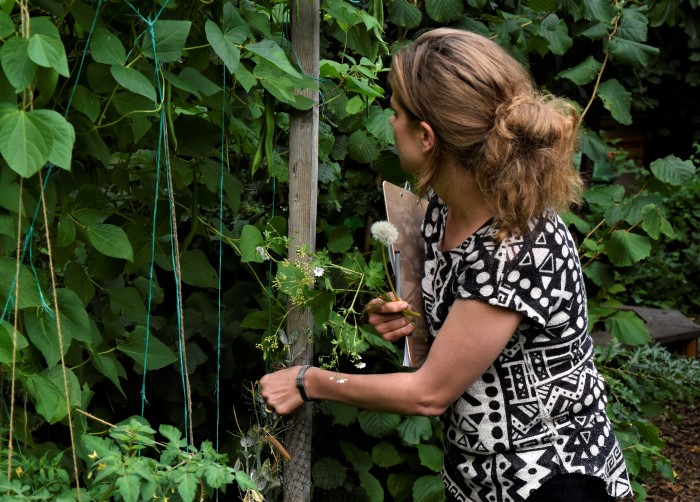
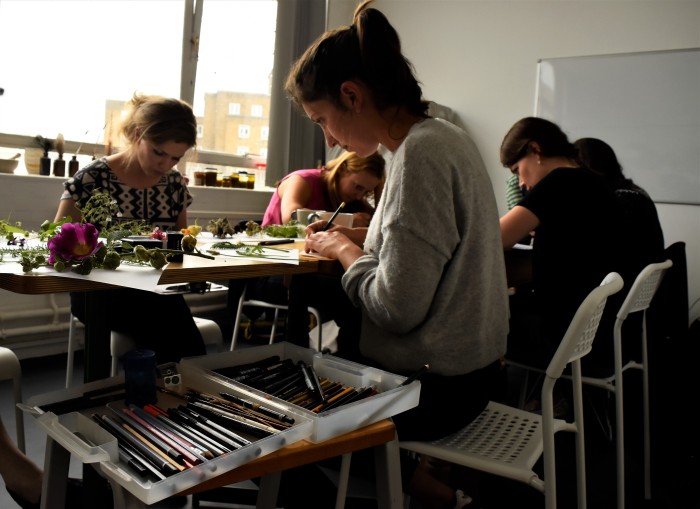
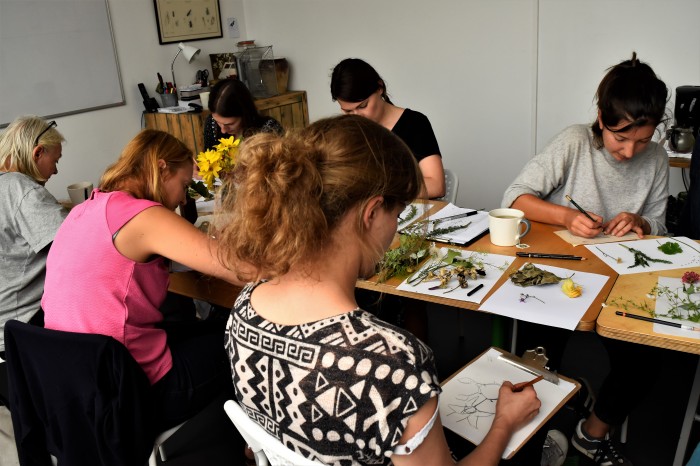



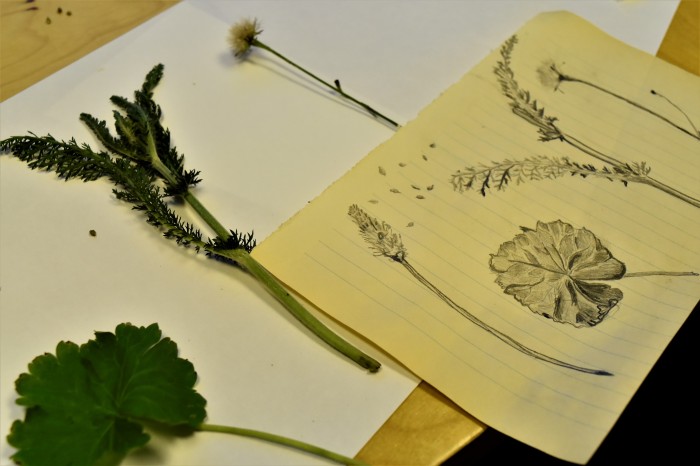
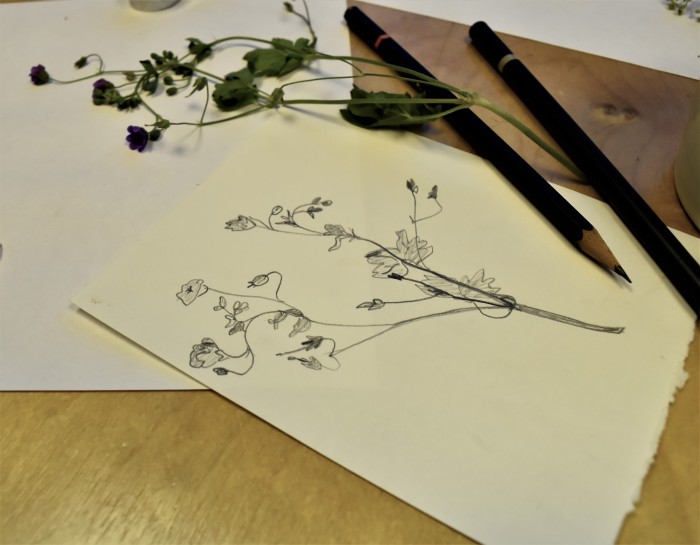



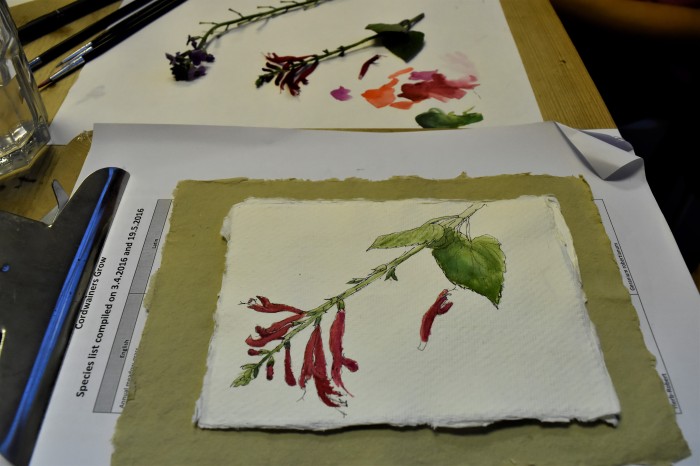
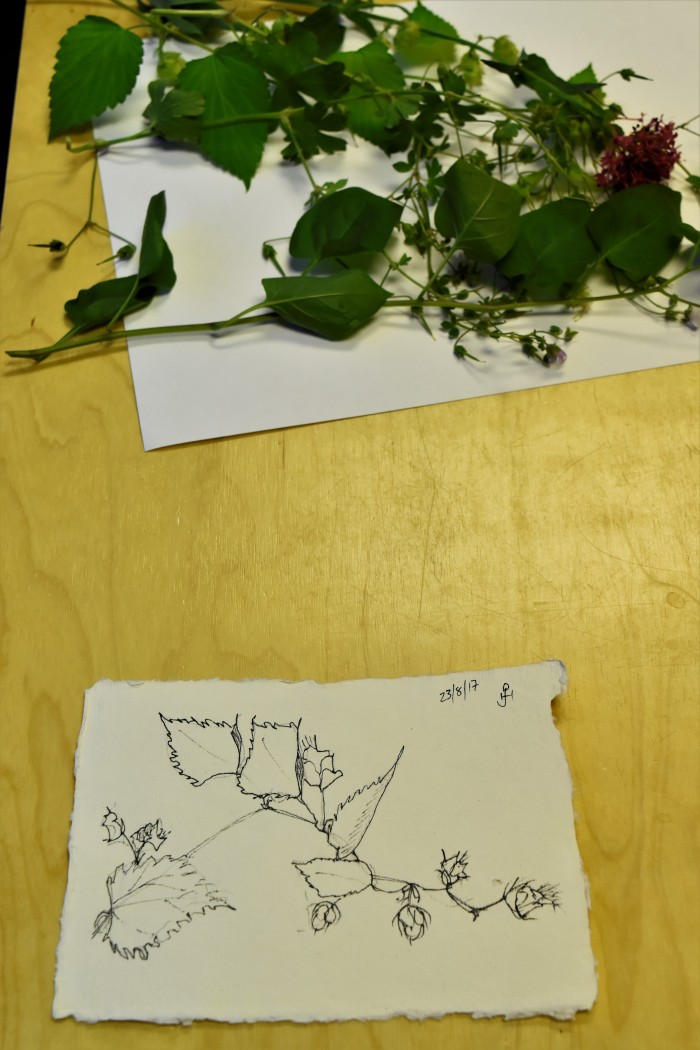

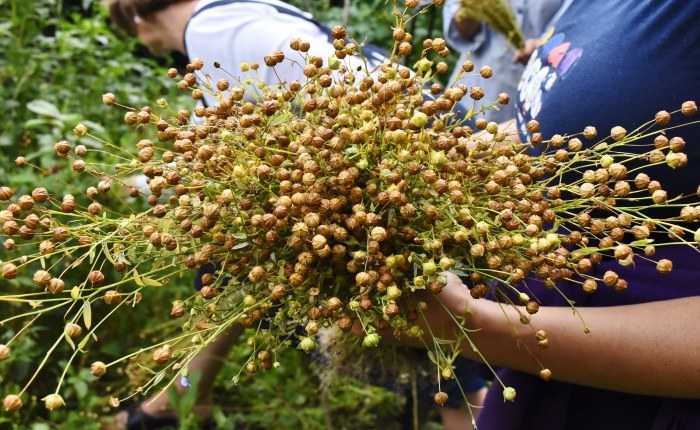
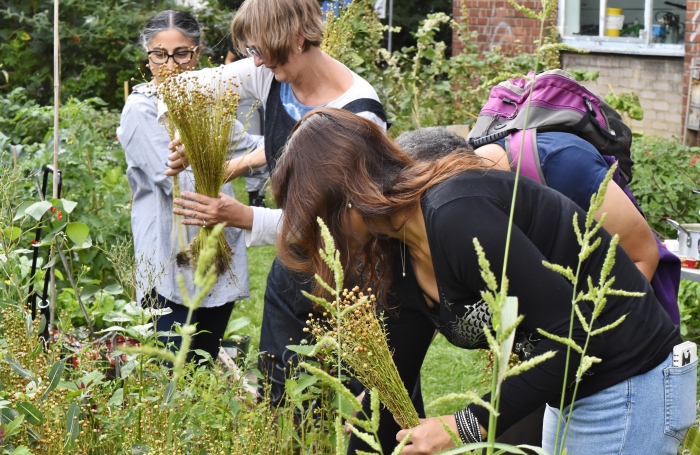

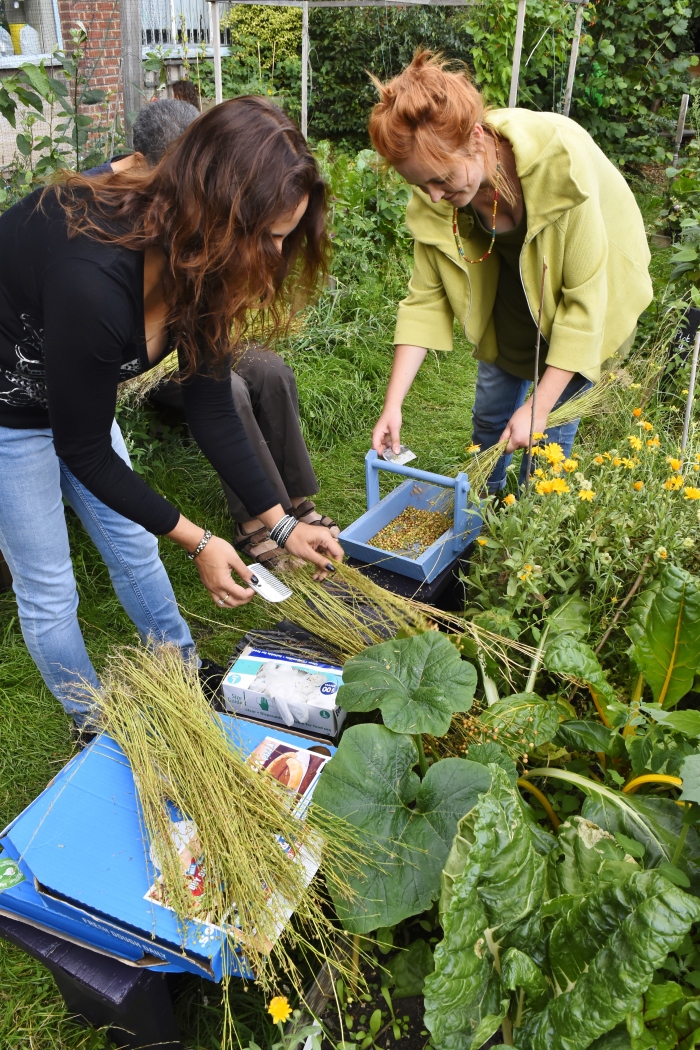


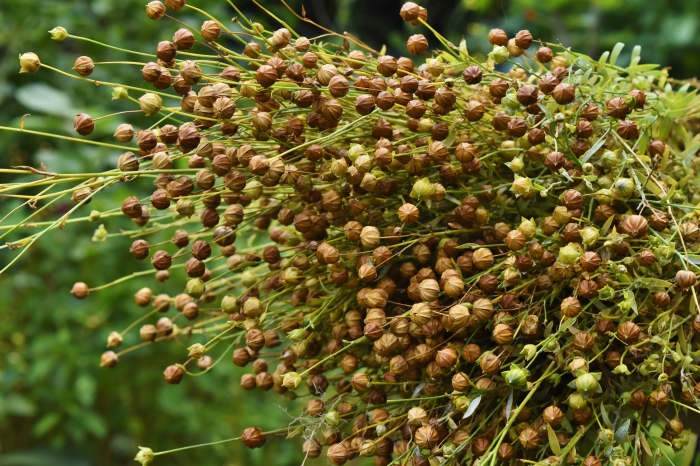



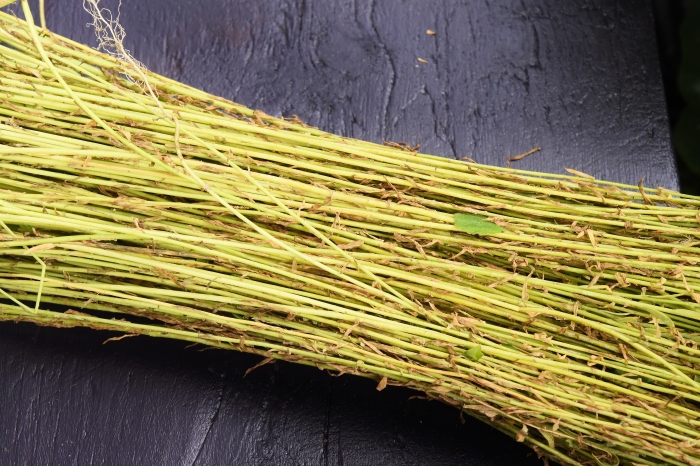



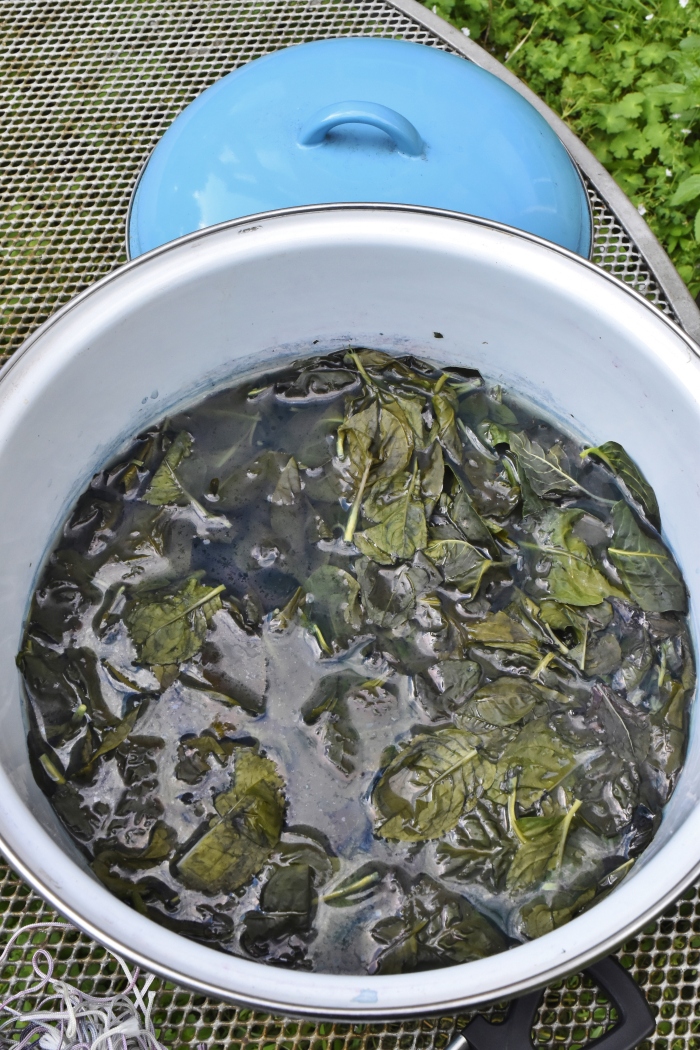














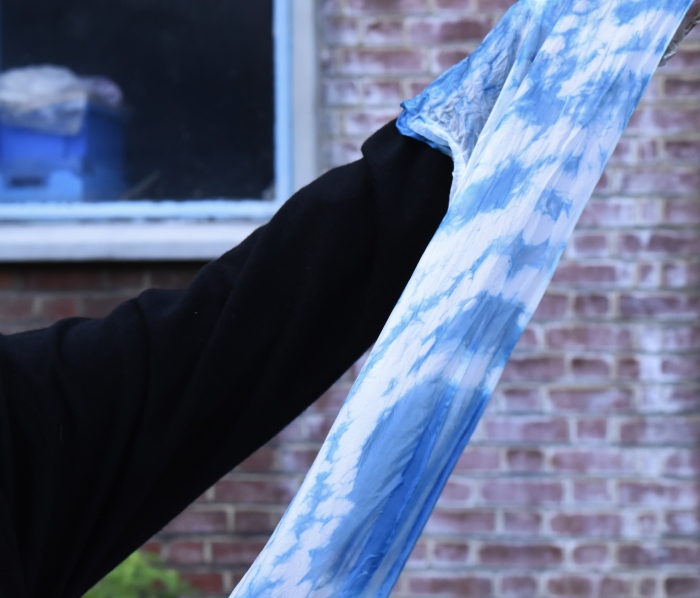








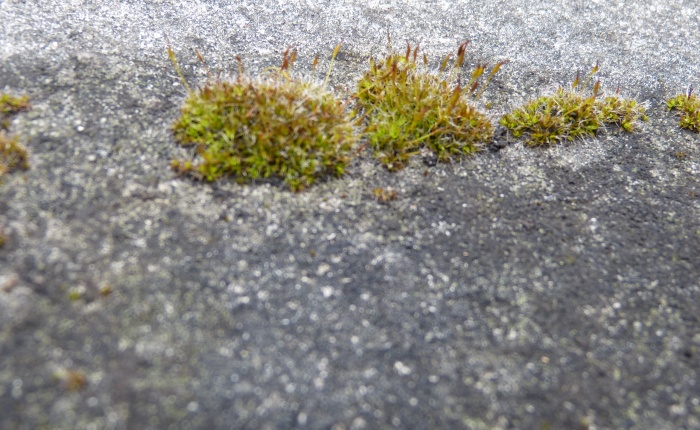























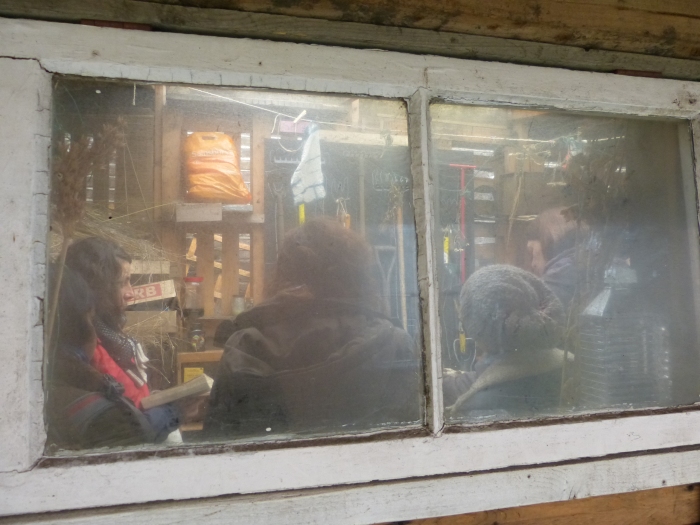
 Raul gave us some brilliant tips.
Raul gave us some brilliant tips.



